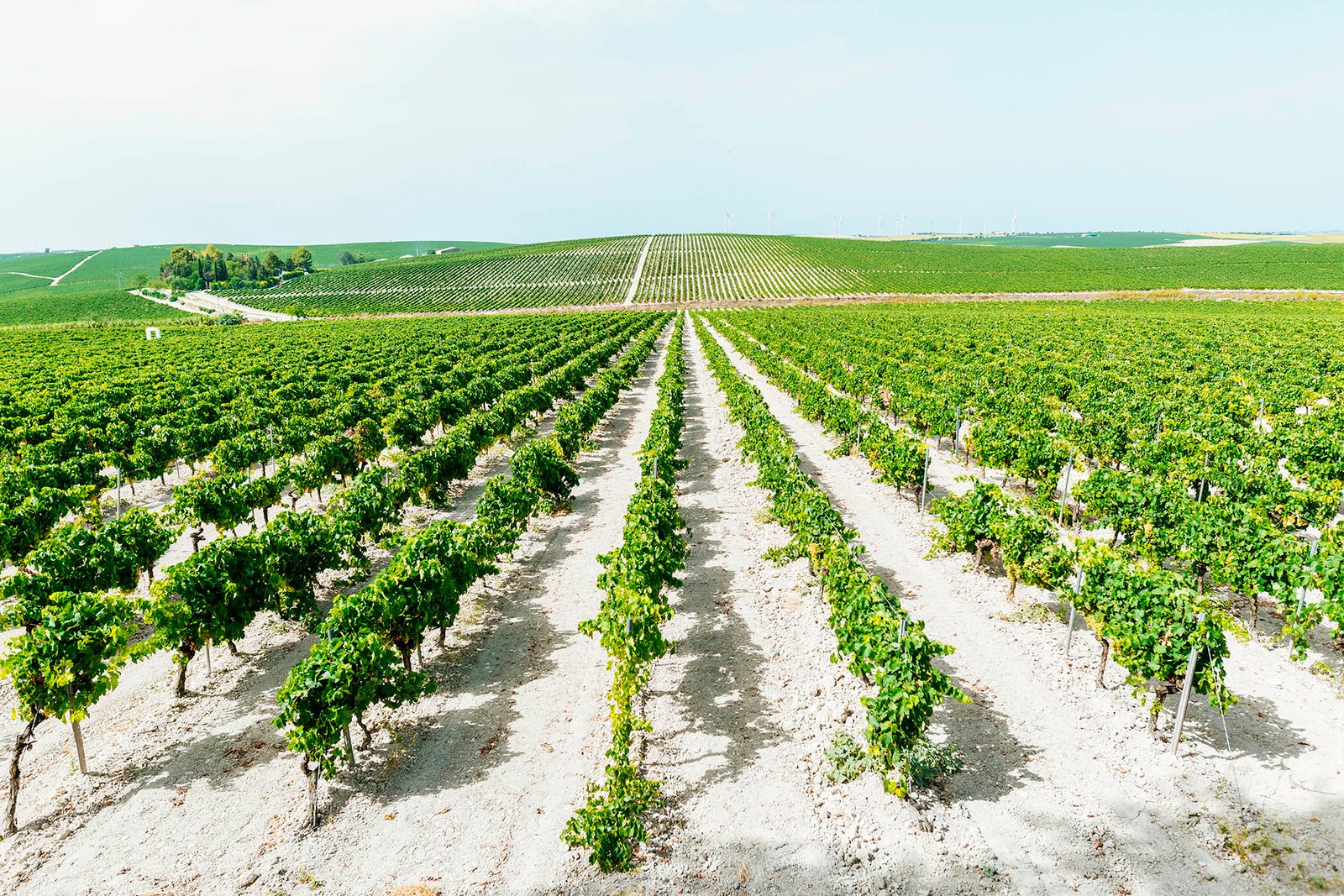How Limestone Soil Affects Wine

[ad_1]
An umbrella term for many types of sedimentary rock, limestone spans everything from travertine marble to coral reefs to the soft chalk walls of the caves in Champagne, France. Some of the world’s most sought-after wines are made with grapes grown in limestone soils.
What is Limestone Soil?
Limestone soils are naturally alkaline with high pH levels. These soils tend to be neutral shades of white, gray or beige, and have ancient origins.
After water receded from now-dry seabeds, an array of shells, coral and other debris accumulated to form calcified sediments. Those remains give limestone its distinctive chemical makeup, called calcium carbonate.
“Many organisms in fact have a calcareous shell or skeleton,” says Emanuele Vergari, agronomic manager at Castello del Terriccio in Tuscany. “After the death of these organisms and after years of decomposition on the seabed, the remains and the mineralized parts create sediments that cover areas of considerable extension. Geological movements over the years have brought some of these areas to the surface.”
While limestone soils aren’t limited to one geographic region, they are found “most typically in shallow, sunlit ocean waters, from the accumulation on the sea floor of calcium carbonate precipitates, and the remains of seashells [and] coral debris,” says Alex Maltman, geologist and author of Vineyards, Rocks, & Soils: The Wine Lover’s Guide to Geology.

Is Limestone Soil Good for Wine?
There are pros and cons to growing wine grapes in limestone. One of the positive aspects is its ability to act like a sponge, soaking up all available water.
“Limestone soil, thanks to its incredible water-retention capacity, provides a perfect dosage of water to the roots of the plant, facilitating the absorption of the minerals … needed to produce healthy grapes,” says César Saldaña, president of the Regulatory Council for the Designations of Origin “Jerez-Xérès-Sherry,” “Manzanilla-Sanlúcar” and “Vinagre de Jerez.”
Some winemakers also praise limestone’s ability to reduce the risk of disease in viticultural environments. The mineral content of limestone helps it form disease-resistant berries, according to Danie de Wet, owner of De Wetshof Estate in the Robertson Wine Valley in South Africa.
The benefits don’t end there. Dr. Laura Catena, proprietor of Bodega Catena Zapata and Alejandro Vigil, Bodega Catena Zapata director of winegrowing, both suspect that the mineral content destresses the plant, since limestone isn’t rich in other minerals that promote plant growth.
And there are some negatives.
One of them is that the soil inhibits available nutrients.
“The calcium carbonate is high pH, and thus the available nutrients are slow to find their pathway, or may be bound in the soil,” says Matt Trevisan, founder and winemaker of Linne Calodo in Paso Robles, California.
Richard Boer, vineyard director at Chalone Vineyard in Monterey, California, believes that “it is difficult to grow grapes in limestone. The high pH decreases availability of nitrogen and phosphorus,” he says, and makes it harder to get micronutrients like iron, manganese, copper and zinc into plants.
Limestone Soils in Wine Regions
“Limestone soils are pretty rare around the world,” says Sebastian Nasello, winemaker and CEO of Podere Le Ripi in Montalcino, Tuscany. “Only seven percent of the rocks are sedimentary, of which 80% are based on limestone.”
Limestone soils can be found in areas of Burgundy, Champagne, Jura, the Loire and Rhône Valleys in France; Jerez in Spain; Tuscany, Sardinia, Veneto and other smaller pockets in Italy; Mendoza in Argentina; the Robertson Valley of South Africa; and Paso Robles in California. Different regions have varying types of limestone soils due to their geological histories and age.
For instance, modern-day France has a lot of limestone soils because the continental block where the country now sits was “blanketed with carbonate deposits as Europe drifted away from North America through the Tethys Ocean,” says David Howell, retired geologist and founder of Wine and Geology Tours.
He explains that France’s various wine regions are all “underlain by different age limestone.” Alsace is the oldest region, formed during the Triassic period around 200 million years ago, and the right bank of Bordeaux the youngest, formed during the Tertiary period nearly 60 million years ago.
Grape Expectations
The jury is still out on whether soil plays a factor in how finished wines taste. In the wine world, there are two sides to this debate: those who say it does and those who believe it’s a fairy tale.
Geologists and others with scientific backgrounds tend to fall into the latter category.
“Despite much popular anecdote, there’s no real evidence that soils influence wine flavor,” says Maltman.
Some winemakers feel differently, however.
“Vines in limestone create wines of minerality [and] bright natural acidity,” says Trevisan. And Vigil thinks that wines grown in limestone have a “freshness and longitude. We don’t know why.”
[ad_2]






